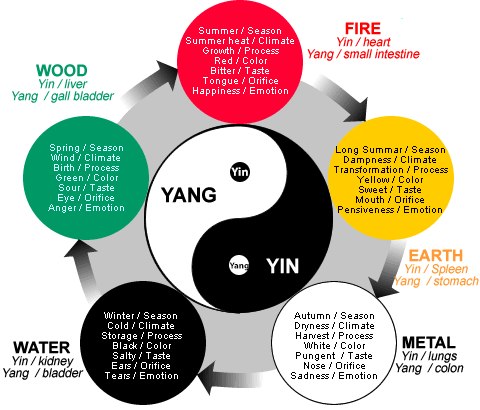
The wind treatments are a significant part of the cancer therapies in Chinese Medicine. Acupuncture is an effective method of treating the symptoms of Wind in the body, as it aims to restore the flow of energy and extinguish it from the body. Community Clinics are ideal venues for early stage pathogenic Wind-Cold. Another effective treatment for Wind is cupping therapy, which draws Wind to the surface and excretes it through the pores. Cupping therapy is used most often for upper body aches and respiratory problems.
Wind treatments are a vital part of treating a variety of diseases. Inflammatory disorders, wind can disrupt neurological functions. Symptoms of Wind may include pain and hyperactivity of nerves, numbness, and loss of sensation. Some patients experience spasms and cramping pain. Other Wind conditions can cause chronic irritable bowel syndrome and Interstitial cystitis. These can be treated with Chinese Medicine.
Wind can cause a number of disorders affecting the body. In some cases, the wind can disrupt neurological function and impair movement. It can manifest as pain, numbness, or a decline in function. The symptoms of Wind include rashes, fever, and spasms. Other common symptoms of Wind are cramping pain, bowel obstruction, and diarrhea. The treatment of Wind is essential for the treatment of these conditions.
Affected plants with Wind disease often experience a sudden change in their condition. For instance, a rheumatic disorder may migrate from one joint to the next, or it may develop an ulcer. In other cases, it can cause the development of a different disease. For example, rheumatism can be a result of trapped Wind in a specific area of the body. When this happens, the wind can lead to a variety of health complications.
The Wind is the cause of many diseases and is a common symptom. It is common to pass up wind several times a day. If this happens more frequently, it is important to seek treatment. Moreover, if you’re suffering from Wind, it’s likely that you have an underlying disease. By using an acupuncture and herbal remedy, you can treat Wind and improve the quality of life of people around you.
Wind is an important element in plants and the wind treatments can help you protect your plants from wind damage. The wind treatment affects the leaf’s cuticle, which affects the plant’s ability to absorb it. It can also cause the plant to respond to a plant’s own environment. As a result, the effects of Wind on the leaves of a particular plant can vary greatly from site to site. For instance, the same tree may be subject to different types of treatments.

Wind treatments were applied to plants at two contrasting sites and the duration of exposure of the plants was varied. The plants were grown in different places and exposed to different winds. Wind treatment reduced the amount of microscopic damage on the leaf, which reduced the plant’s rate of photosynthesis. Site https://observatoriojovenes.com.ar/
shows results that wind treatment increases leaf damage. In addition to reducing the amount of leaf damage, the treatment also slowed the rate of plant growth.
Wind therapy can be used to treat a wide range of conditions caused by wind. For example, plants exposed to wind may have problems with neurological functions. Symptoms of Wind include pain and overactive nerves. Wind can also cause radiating pain and numbness. It can travel to the bladder or bowel, and treatment for these conditions can vary greatly. They are also effective in preventing infection.
In this study, wind treatments varied in plant growth rate. Plant response to treatment was analyzed using two-way analysis of variance. ANOVA was used to analyze the effect of wind on plant traits. Test results were presented as percentages. For each treatment, the response was compared by its covariance structure among species. However, the plants did not respond equally to the treatments.
Wind treatments varied in their effectiveness. Treatment with cold wind caused fever, and hot and humid treatment caused increased sweating and redness of the eyes. The wet wind treatment caused breathing problems and nosebleeds. The wind gate was considered a door to pathogenic winds. The results were consistent with other studies, although the effects of each treatment were not consistent across species. The results showed that cold or wet wind treatment reduced the number of bacteria in the soil.